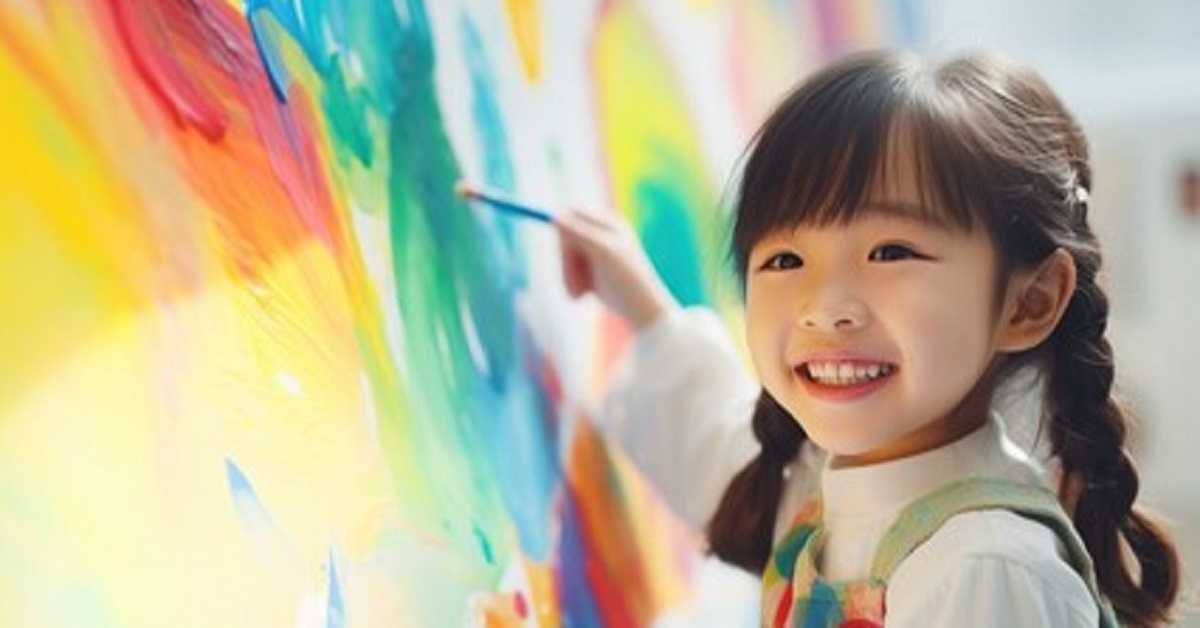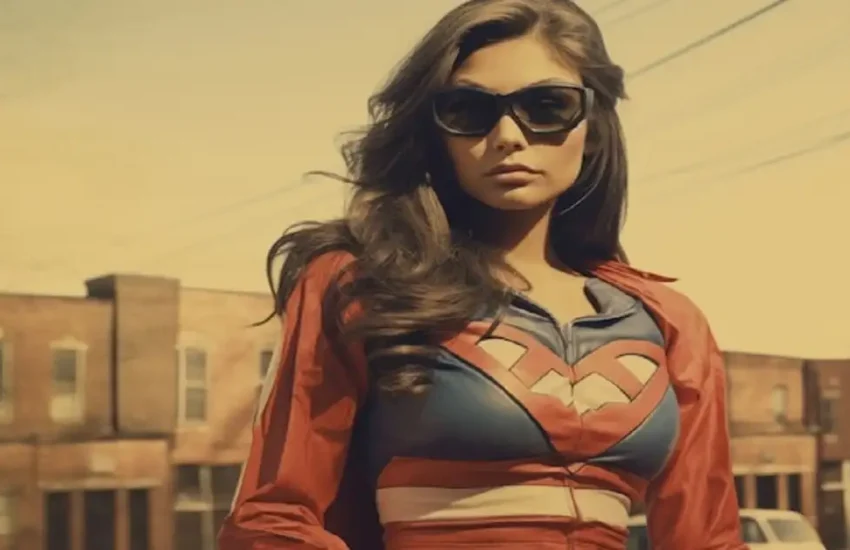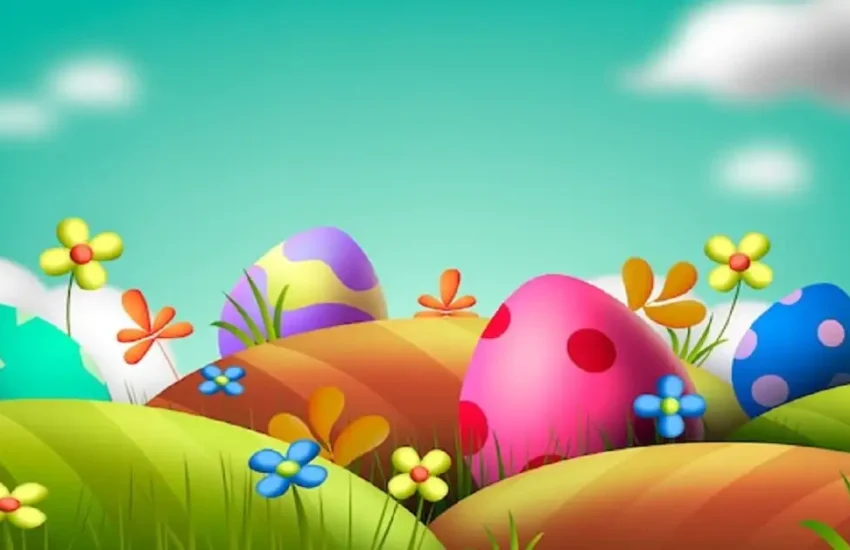Unveiling the Art of Girl Drawings: From Realism to Surrealism
Introduction
Drawing is a powerful form of artistic expression that allows individuals to communicate emotions, ideas, and stories visually. One intriguing term that has been circulating among art enthusiasts is “girl =.” While it may seem cryptic at first, understanding its significance can open doors to new creative possibilities.
Understanding the Concept
What Does “girl =” Mean?
The term “girl =” appears to be a unique identifier or a code that might be related to a specific drawing style, artwork, or artist. It captures the imagination and curiosity of those who encounter it, prompting further exploration into its meaning and origins.
Origins and Popularity
While the exact origins of “girl =” are not well-documented, its popularity can be attributed to the internet’s ability to spread niche interests rapidly. It could be part of a larger trend or a specific artist’s signature style, making it a topic worth exploring for art enthusiasts.
Types of Girl Drawings
Realistic Drawings
Realistic drawings aim to capture the true essence of the subject, focusing on detailed representation and lifelike accuracy.
Techniques for Realism
To achieve realism, artists use techniques such as precise shading, accurate proportions, and careful attention to detail. Mastery of these techniques requires practice and patience.
Famous Artists
Artists like Leonardo da Vinci and Johannes Vermeer are renowned for their realistic portrayals. Contemporary artists continue to push the boundaries of realism, creating stunning works that captivate viewers.
Anime and Manga Style
Anime and manga have a distinct style characterized by exaggerated features and vibrant expressions, making them popular among fans worldwide.
Key Features
Key features of anime and manga drawings include large eyes, expressive faces, and dynamic poses. These elements help convey strong emotions and actions.
Popular Characters
Characters like Sailor Moon and Naruto have become cultural icons, inspiring countless artists to create their own renditions and stories within this style.
Abstract and Surrealism
Abstract and surrealist drawings break away from realistic representation, focusing on imagination and interpretation.
Interpreting Abstract Art
Abstract art requires viewers to engage with the piece, often drawing their own meanings and connections. It emphasizes color, shape, and form over literal depiction.
Notable Artists
Artists like Pablo Picasso and Salvador Dalí are famous for their abstract and surrealist works, pushing the boundaries of traditional art forms.
Tools and Materials for Drawing
Traditional Tools
Traditional drawing tools remain popular among artists for their tactile experience and versatility.
Pencils and Charcoals
Pencils and charcoals are fundamental tools for sketching and shading. They offer a range of hardness and texture, allowing for detailed and expressive drawings.
Paints and Brushes
For those who prefer color, paints and brushes provide a wide spectrum of possibilities. Watercolors, acrylics, and oils each have unique properties that artists can exploit to create different effects.
Digital Tools
The digital revolution has introduced a new realm of possibilities for artists.
Drawing Tablets
Drawing tablets, like those from Wacom or Huion, allow for precise digital sketching and painting. They mimic the natural feel of drawing on paper while offering the flexibility of digital editing.
Software and Applications
Software like Adobe Photoshop, Corel Painter, and Procreate provide powerful tools for creating digital art. These applications offer a range of brushes, textures, and effects that can elevate digital drawings.
Learning to Draw
Basics of Drawing
Every artist starts with the basics, learning the fundamental principles that form the foundation of all drawings.
Shapes and Proportions
Understanding shapes and proportions is crucial. This includes mastering the human anatomy, as well as learning how to break down complex objects into simple shapes.
Shading and Lighting
Shading and lighting techniques add depth and dimension to drawings. Artists learn how light interacts with surfaces and how to depict shadows accurately.
Advanced Techniques
As artists progress, they develop more advanced skills to create dynamic and engaging drawings.
Dynamic Poses
Dynamic poses add movement and energy to drawings. Artists study the way bodies move and use gesture drawing to capture fluidity and action.
Color Theory
Color theory helps artists choose and combine colors effectively. Understanding color relationships, such as complementary and analogous colors, enhances the visual impact of their work.
Inspiration and Creativity
Finding Inspiration
Inspiration can come from many sources, fueling an artist’s creativity and drive to create.
Nature and Surroundings
Nature offers a wealth of inspiration, from the intricate details of plants and animals to the vast landscapes and changing seasons.
Other Artworks
Studying other artworks, whether classical or contemporary, can spark new ideas and techniques. Museums, galleries, and online platforms provide endless opportunities to discover inspiring pieces.
Enhancing Creativity
Creativity can be nurtured and developed through regular practice and exploration.
Daily Practice
Consistent practice is key to improvement. Setting aside time each day to draw helps build skills and confidence.
Experimentation
Experimentation encourages growth. Trying new styles, materials, and techniques allows artists to discover what resonates with them and develop a unique voice.
Conclusion
Drawing is a journey of exploration and self-expression. Whether you’re intrigued by the mystery of “girl =” or simply looking to improve your skills, the world of drawing offers endless opportunities for creativity. Embrace the process, find inspiration in your surroundings, and keep experimenting to uncover your artistic potential.



